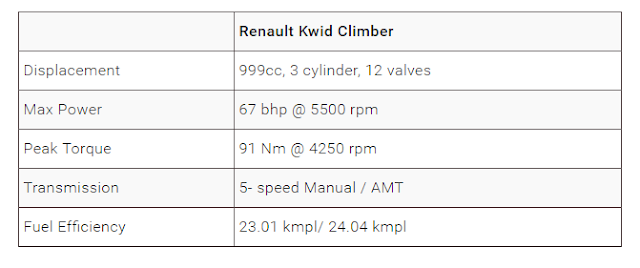Ford said on Thursday it was hiring 400 engineers, mostly in Canada, to work on connectivity software and hardware, part of a wider push to meet demand for more connected cars.
The 300 engineers in Canada and 100 in the United States will double the current size of the Detroit automaker's mobile connectivity engineering team. Ford also plans to establish a new research and engineering center in Ottawa. That's because the majority of the hires will come from BlackBerry's shuttered phone handset business, TechCrunch reports, where they gained extensive experience working with QNX, the operating system that powers Ford's SYNC 3 and is used by a large number of the world's leading automakers in similar capacities.
Ford on Thursday was also announcing production of a new engine in Windsor, Ontario, two sources told Automotive News, an investment that would boost Canada's auto industry after years of job losses to Mexico and the U.S. Prime Minister Justin Trudeau was expected to be on hand at the Ford Essex Engine Plant in Windsor for announcement of the 7X large engine for pickups.
Connectivity is a key investment area for the auto industry as in-car technology catches up to that of smartphones. As more modems are built directly into cars, vehicles are able to access a richer array of digital services. Ford plans to equip 20 million cars with built-in modems in the next five years.
"In order to have autonomy, the vehicle's got to be connected, it's just fundamental," Ford's Chuck Gray told TechCrunch. He is Ford's global director for Electrical and Electronic Systems Engineering."The vehicle itself, whether there's a driver or not, has to be communicating with the cloud for various reasons, so this group immediately is working on creating that connectivity spine or network upon which everything else can be built."
Of the hires from BlackBerry, Gray said, "Obviously they have deep skills, in embedded software, in mobile devices, in connectivity, and when you look at the subsets of products they work in – they work in RF, they work hardware, they work at the chip level, they work in operating systems, they have a renowned reputation for security and stability [...] so it was a really good fit."
The new hires will work on infotainment, in-vehicle modems, gateway modules, handset integration, security, driver assist features and autonomous vehicles, Ford said.
The move underscores how many new jobs in the auto sector are for white-collar technology jobs related to connectivity, mobility or autonomous vehicles, versus traditional factory jobs.
Ford said on Tuesday it was investing $200 million for an advanced data center in Michigan to support advances in vehicle connectivity and future developments in autonomous vehicles.
Read More - https://goo.gl/RLm6gn




































